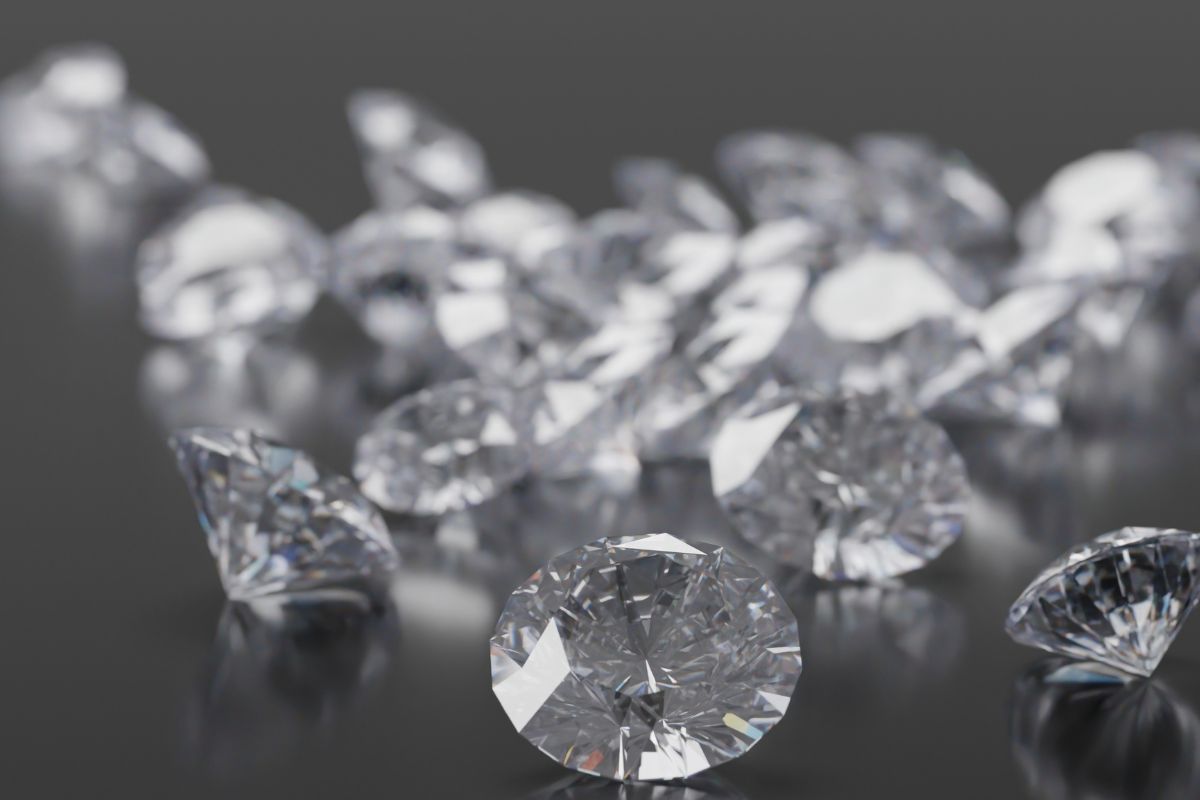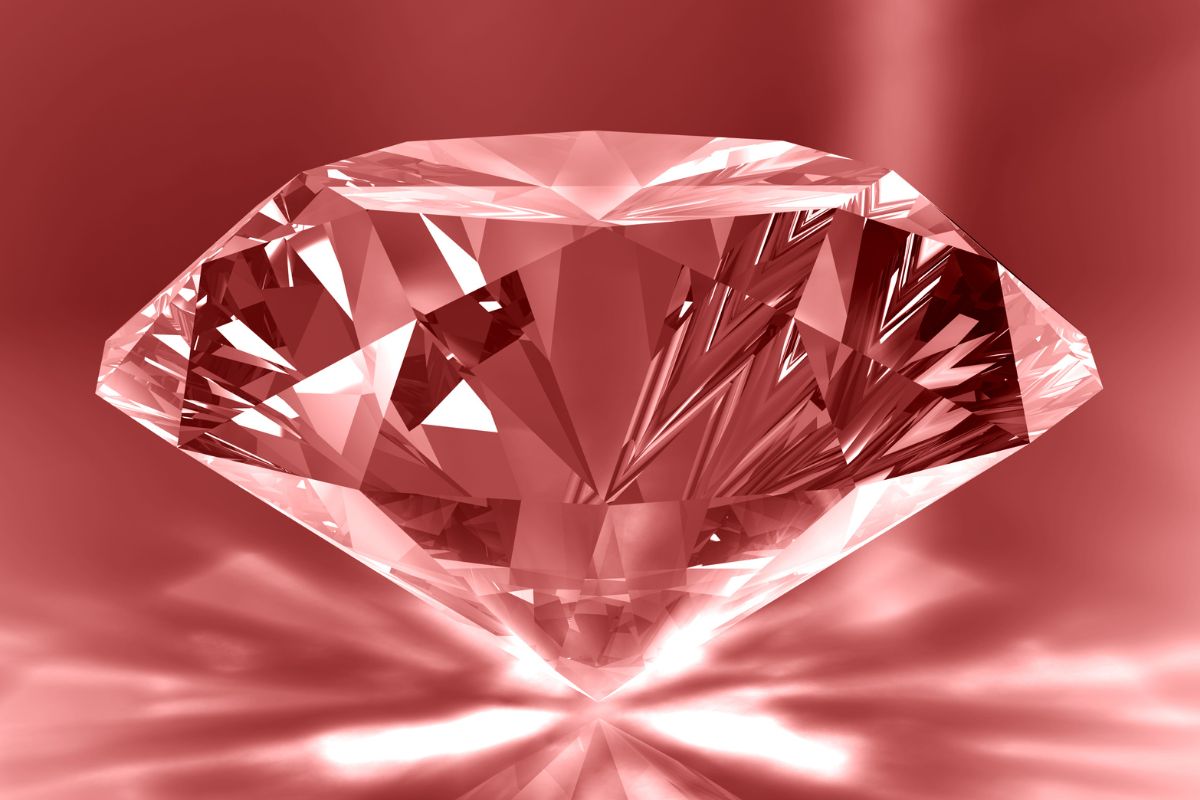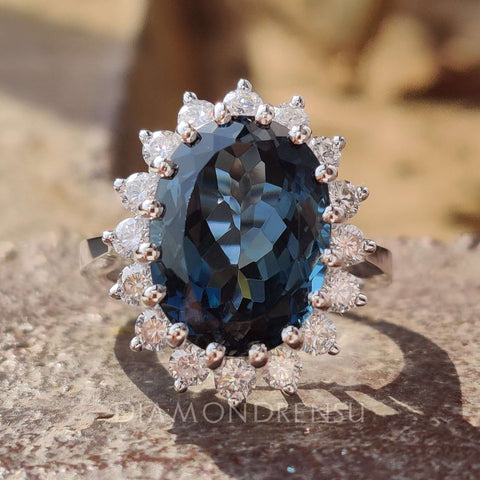
What is a Cultured Diamond: Understanding Lab-Grown Gems
Cultured diamonds, also known as lab-grown or synthetic diamonds, are authentic diamonds created through technological processes rather than mined from the earth. Unlike imitation gems such as cubic zirconia or moissanite, cultured diamonds have the same physical, chemical, and optical properties as mined diamonds. Your understanding of diamonds expands when you distinguish between those formed over billions of years below the earth's surface and those developed in a lab over a matter of weeks.
The technology behind creating these gems involves replicating the natural conditions that produce diamonds underground. Two primary methods are used: High Pressure High Temperature (HPHT) and Chemical Vapor Deposition (CVD). In HPHT, carbon is exposed to high temperatures and pressures, mimicking the natural processes deep in the earth. With CVD, a carbon-rich gas is broken down, and the carbon is deposited onto a substrate, gradually building up a diamond layer by layer.
Considering the ethical and environmental concerns associated with traditional mining, cultured diamonds offer a more sustainable choice. You receive a gem that is every bit as real as its earth-mined counterpart, with the added certainty that it was created without the direct impact on natural landscapes or communities that can be associated with diamond mining operations.
Understanding Cultured Diamonds

In your journey to understanding cultured diamonds, it's essential to distinguish between lab-created stones and their natural counterparts, and to recognize the terminology used to describe them.
Definition and Terminology
Cultured diamonds, also known as synthetic, lab-grown, or man-made diamonds, are genuine diamonds created in a controlled laboratory environment. These gemstones possess the same chemical composition, crystal structure, and physical properties as natural diamonds. The terms laboratory-grown and created are likewise used interchangeably to describe these diamonds, highlighting their origin differs from natural geological processes.
Comparison to Natural Diamonds
When contrasting cultured diamonds with natural diamonds, consider the following:
| Characteristic | Lab-Grown Diamonds | Natural Diamonds |
|---|---|---|
| Formation | Created in a controlled laboratory environment using technological processes. | Naturally formed deep within the Earth over millions of years. |
| Cost | Generally more affordable than natural diamonds. | Varies based on cut, carat, color, and clarity. |
| Quality | Can have fewer inclusions and may be of consistent quality. | Natural variations in quality; may have inclusions. |
| Environmental Impact | May have a lower environmental impact compared to mining. | Mined diamonds have environmental considerations. |
| Certification | Certified as lab-grown diamonds. | Certified based on natural origin. |
| Market Acceptance | Gaining acceptance in the market. | Traditional and widely accepted. |
Each diamond, cultured or natural, is assessed by its cut, carat, color, and clarity — the "Four Cs."/>. These values provide a framework to compare and value both cultured and natural diamonds.
Creation Processes
Cultured diamonds, also known as synthetic or lab-created diamonds, are primarily created through two distinct manufacturing processes. These methods replicate the conditions under which natural diamonds form over millions of years within the Earth.
High Pressure High Temperature (HPHT)

The HPHT method imitates the natural diamond-growing environment by using high pressure and high temperature to crystallize carbon into diamond. To create an HPHT diamond, a small diamond seed is placed in carbon, often in the form of graphite, and exposed to temperatures over 1,400°C and pressures above 5.5 GPa.
Key Steps in HPHT:
- Seed Placement: A diamond seed is selected and carefully cleaned.
- Carbon Addition: The seed is placed in a carbon-rich environment.
- Process Conditions: Pressure and temperature are drastically increased.
- Crystallization: Over time, the carbon melts and begins to form a diamond around the seed.
- Cooling: The environment is slowly brought back to normal temperature and pressure, allowing the diamond to stabilize.
Chemical Vapor Deposition (CVD)

CVD diamonds are formed through a process called Chemical Vapor Deposition, which involves breaking down molecules of a carbon-rich gas like methane in a vacuum at low pressures and high temperatures, leading to the formation of a CVD diamond on a substrate over time.
Key Steps in CVD:
- Preparation: A substrate is prepared where the diamond will form.
- Gas Introduction: Carbon-rich gases are introduced into the chamber.
- Energy Application: Energy is used to excite the gas molecules, causing them to break apart.
- Layer Formation: Carbon atoms are deposited onto the substrate, layer by layer, growing the diamond.
- Monitoring: Throughout the process, the growth is carefully monitored to ensure quality.
Both HPHT and CVD diamonds possess the same chemical, physical, and optical properties as natural diamonds. The choice of process depends on the intended size, purity, and properties of the diamond required for various applications.
Physical and Optical Properties

Cultured diamonds exhibit distinct physical and optical properties comparable to those found in natural diamonds. Understanding these properties can help you appreciate the value and uniqueness of each stone.
Clarity and Color
The clarity of cultured diamonds is assessed using the same criteria as natural diamonds, with ratings from flawless to included. Colors in cultured diamonds range from clear white to various hues like blue, yellow, green, and brown. The intensity of color in fancy colored diamonds, such as fancy blue, fancy yellow, or fancy green, is a result of specific conditions during formation, whereas a lack of color makes a diamond appear clear or white. Cultured diamonds can be grown to yield gem-quality diamonds with a clarity and color that caters to your preference, including those resembling high-grade natural colored diamonds or clear white ones.
Hardness and Crystal Structure
Cultured diamonds boast an impressive hardness, ranking 10 on the Mohs scale, attributed to their crystal structure. This crystalline structure is identical to natural diamonds, consisting of a rigid lattice of carbon atoms. Whether you're considering a cultured diamond for an engagement ring or industrial use, its hardness ensures durability and longevity. Gem-quality diamonds, both cultured and natural, share this robust crystal structure, making them suitable for daily wear and in various applications beyond jewelry, such as cutting tools and electronic devices.
Certification and Appraisal

When you invest in a cultured diamond, it's essential to understand its certification and appraisal for authenticity, quality, and value. These documents are critical for insurance and resale purposes, providing a benchmark for your diamond's market worth.
Gemological Laboratories
Your cultured diamond's quality and characteristics should be verified by a reputable gemological laboratory. The Gemological Institute of America (GIA) is one of the most recognized institutions, offering diamond grading reports and gem identification. Another prominent facility includes the International Gemological Institute (IGI), known for its comprehensive evaluations. These laboratories use advanced equipment, like the GIA iD100 gem testing device, specifically designed to distinguish between natural and lab-grown diamonds.
- Laboratories to consider for certification:
- Gemological Institute of America (GIA)
- International Gemological Institute (IGI)
Diamond Grading Reports
The grading report you receive plays a pivotal role in understanding your diamond's value. It provides a detailed analysis of several attributes, including the 4Cs—color, clarity, cut, and carat weight. Ensure that the report comes from a gemologist certified by a recognized authority. These reports are not appraisals but are important documents that can affect the diamond’s market value.
- Key elements of diamond grading reports:
- 4Cs Analysis
- Gemologist's Observations
- Laser Inscription (for tracking)
Remember, a diamond grading report gives you assurance about the quality and authenticity of your cultured diamond, which is invaluable when purchasing or insuring your gem.
Applications and Market
Cultured diamonds, also known as lab-grown or synthetic diamonds, have created a niche for themselves in various industries due to their identical properties to mined diamonds. Your understanding of their applications will expand as you explore their diverse uses in both jewelry markets and industrial settings.
Jewelry and Adornment
In the realm of jewelry and adornment, cultured diamonds offer you an ethical and cost-effective choice. Jewelers recognize these gems for their sparkling allure and versatility, making them ideal for engagement rings and other fine jewelry. As a buyer, you experience the luxury of choosing from colored diamonds that are rarer in nature. Cultured diamonds are optically identical to real diamonds, ensuring your adornment is as scintillating as it is valuable. For those of you considering an investment, lab-grown diamonds are becoming a practical alternative to natural diamonds.
Industrial Uses
Moving on to industrial uses, cultured diamonds outshine most materials as abrasives. Their hardness is harnessed in cutting, drilling, and grinding tools, which you will find highly efficient and long-lasting. Furthermore, in technology, they are used in high-precision detectors due to their thermal conductivity and electron mobility. These applications are crucial for your various industries such as electronics, where the performance of devices is imperative.
Technological Advancements and Sustainability

In the arena of diamond production, the intersection of technology and sustainability has given rise to cultured diamonds, offering a future-friendly alternative to traditional mining. Your understanding of these advancements helps gauge their progress and ethical implications.
Innovation in Diamond Production
General Electric and Apollo Diamond were pioneers in developing the process to create synthetic diamonds. Today, companies like Gemesis refine these techniques to produce diamonds cultured in labs with high-tech equipment. The key apparatus is a vacuum chamber. Here, carbon atoms are deposited onto a seed diamond, forming layers as they crystallize over time. What results is a gem-quality diamond. Advancements like this represent a significant stride in diamond production, relying on a plasma cloud technology to simulate the natural formation of diamonds.
Ethical and Environmental Considerations
The rise of cultured diamonds speaks volumes about ethical sourcing. Mining diamonds has long been fraught with concerns over labor and environmental impacts. Cultured diamonds sidestep many of these issues; they don't require invasive mining and have a smaller ecological footprint. Also, ethical sourcing comes to the forefront – you're assured that the diamonds come from a conflict-free origin. The future promises progress towards more sustainable practices in jewelry, with cultured diamonds at the vanguard of this ethical transformation.
Frequently Asked Questions
When exploring the topic of cultured diamonds, you might have a number of questions regarding their quality, cost, and availability compared to traditional mined diamonds. Here, you'll find clear, factual answers tailored to your common inquiries.
How do lab-grown diamond engagement rings compare to traditional diamond rings?
Lab-grown diamond engagement rings offer the same optical, chemical, and physical properties as those set with traditional diamonds. The primary difference lies in their origin; one is created in a controlled lab environment, while the other is mined from the earth.
What are the cost differences between lab-grown diamonds and natural diamonds?
Typically, lab-grown diamonds are priced lower than natural diamonds. This is due to a more streamlined creation process that often requires less overhead. However, pricing can vary based on the size, cut, clarity, and other customary diamond valuation factors.
Where can someone purchase lab-grown diamond jewelry?
You can purchase lab-grown diamond jewelry from a variety of retailers, including specialized online stores, traditional jewelry shops, and sometimes directly from the manufacturers. Many retailers now offer extensive collections of lab-created diamond adornments.
What terminology is used to refer to lab-grown diamonds?
Lab-grown diamonds are often referred to as synthetic, cultured, or engineered diamonds. The term "cultured diamonds" is gaining popularity as it reflects their sophisticated creation process and differentiates them from imitation diamonds, which do not have the same properties.
Are there noticeable differences to the naked eye between lab-created and natural diamonds?
To the naked eye, lab-created and natural diamonds appear identical. It typically requires a trained professional and specialized equipment to distinguish between the two, owing to their similar characteristics.
Do lab-grown diamonds maintain their value over time?
The resale value of lab-grown diamonds is generally lower than that of natural diamonds. While they share the same beauty and can last just as long, the market for second-hand lab-grown diamonds is relatively younger and therefore has different demand dynamics.
Checkout some of our top collections:
Leave a comment
Please note, comments must be approved before they are published.













